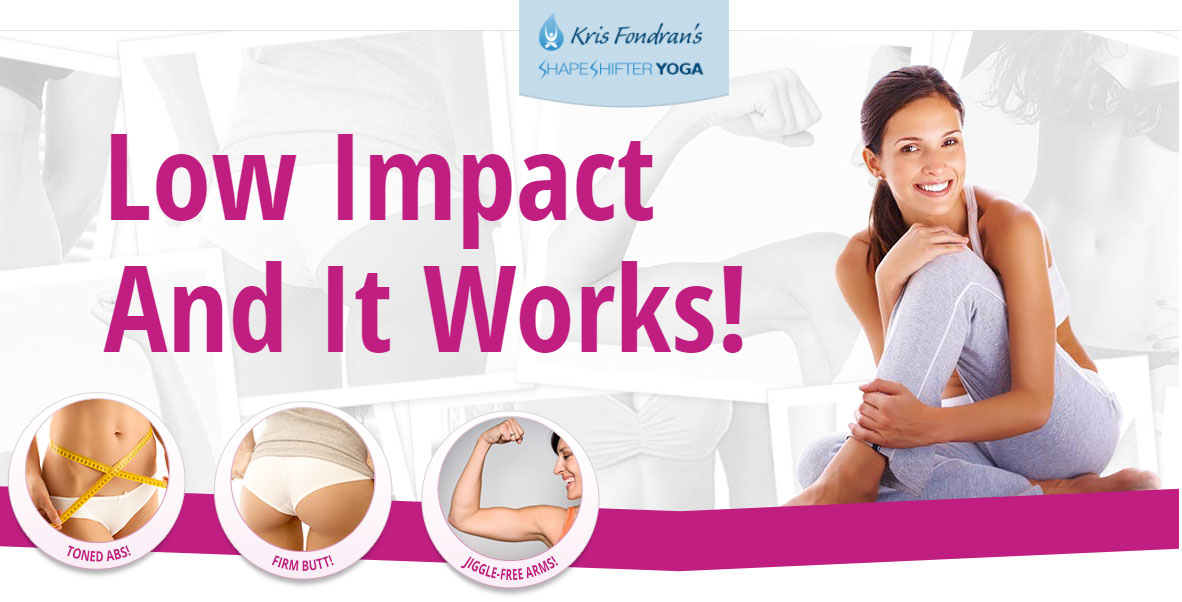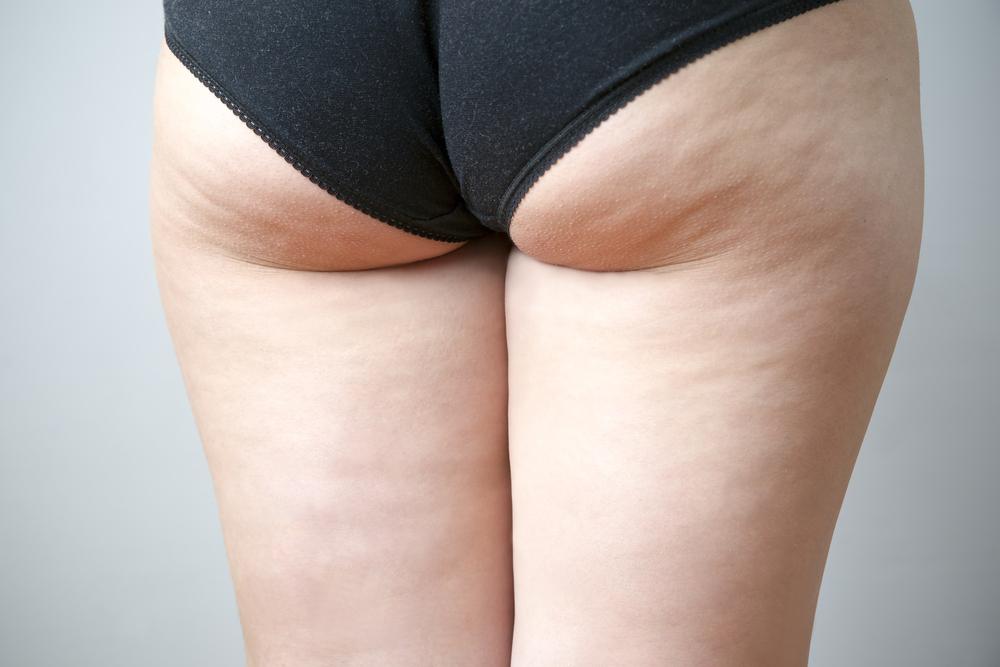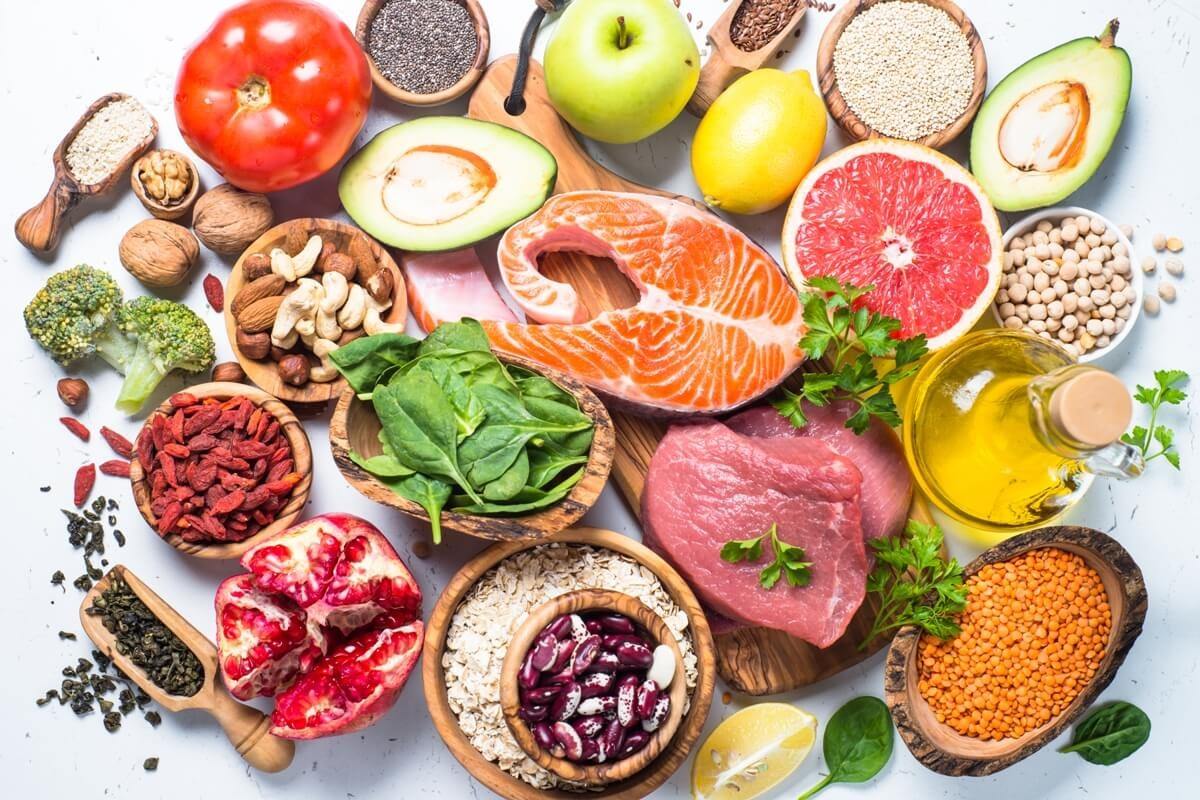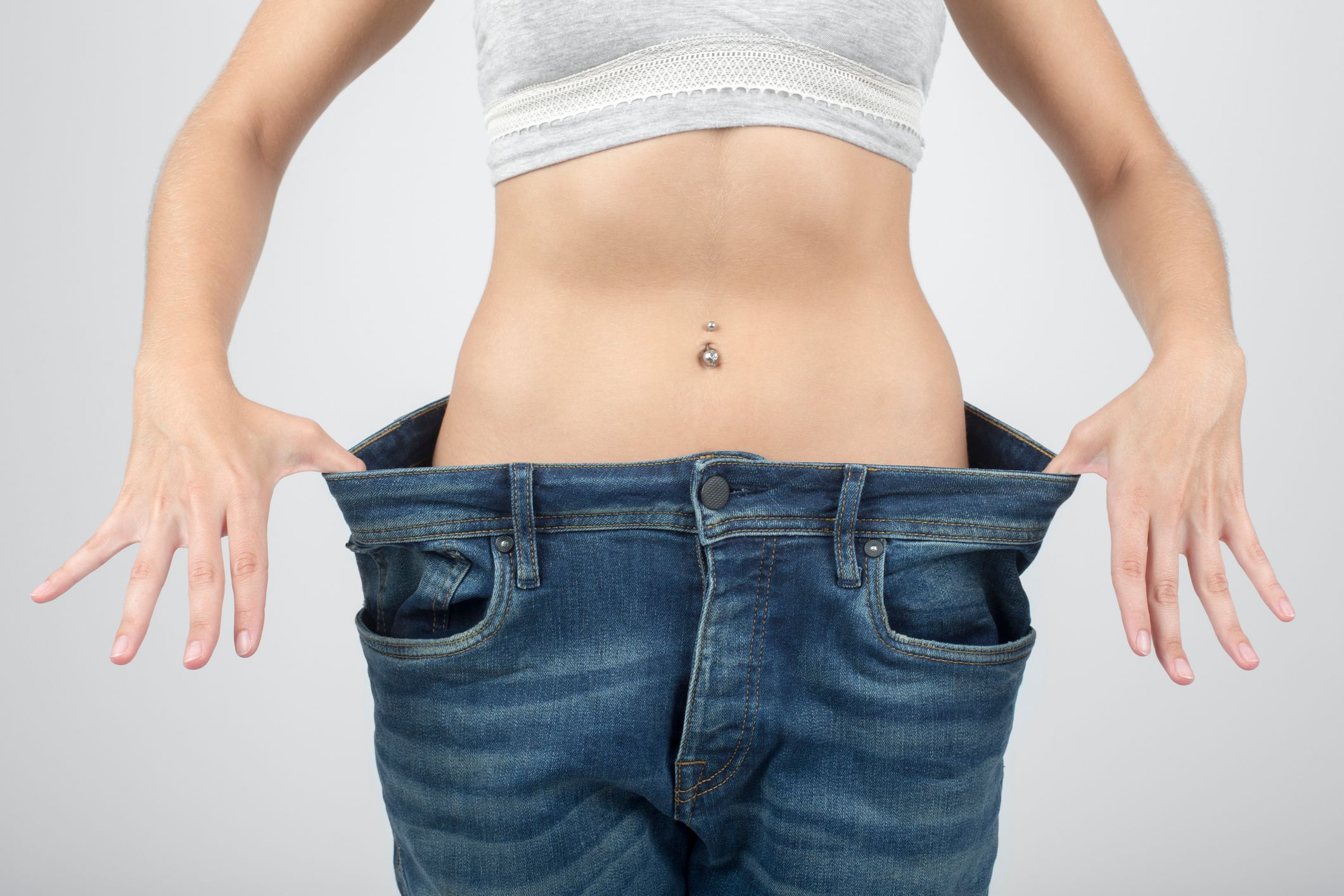How to lose body mass
According to the World Health Organization (WHO), the number of cases of obesity has almost tripled worldwide since 1975. Worldwide, 23% of adults and 81% of teenagers in school do not practice enough (or any) sport.
However, entire databases are filled with information on this subject on the Internet: regular physical exercise has a double benefit, that of burning calories and losing fat, and that of improving physical and mental condition.
How many calories per day to lose weight?
Are you overweight or simply motivated by the desire to lose a few extra pounds, even if it's only one pound in a week, in order to have a flat stomach?
It is possible to lose weight sustainably and see initial results in seven days.
By combining a balanced and healthy diet, regular physical activity and a slimming program optimized to lose calories.
The equation seems simple: eat less and better, do sports to burn fat cells and incorporate what is called a "caloric deficit".
To count the calories to be burned in a day, it is essential to know - by means of mathematical formulas - its basic metabolism, or basal metabolism, which is obtained by formulas :
MB = (10 x weight) + (6.25 x height in cm) - (4.92 x age) + 5.
This calculation of calories allows us to identify the level of daily caloric expenditure that the body needs for its physiological needs (heart, pulmonary system, blood circulation, irrigation of the brain and vital organs): it is the incompressible expenditure of the human body allowing it to function even at rest.
In addition, there is the caloric deficit in a weight loss program: we voluntarily under-nutrition so that the number of calories - kcal - absorbed daily is lower than this basic metabolism.
The body will draw on its stock of accumulated energy without adding too much fat and sugar, which results in limiting caloric intake, water retention and slimming without fasting.
Be careful, however: it takes 9,000 calories burned for one kilo of fat loss.
However, inflicting yourself on a diet that is too draconian can also be harmful to your health and encourage new body weight gain.
Besides, it is better to eliminate 500 calories a day to lose a few kilos in a month than to do high intensity sports once to lose 5,000 calories!
Losing weight quickly also requires foods rich in vitamins and minerals, without craving between meals: cucumbers, eggplant, tomatoes, zucchini, carrots, cabbage, leeks, low-fat dairy products, legumes and white meat, along with green tea, water or coffee, are all part of a balanced low-calorie diet.

How to fight against cellulite?
This orange peel skin is a source of anxiety and complexes? To overcome cellulite, you must first know what it is.
Otherwise known as lipodystrophy, it is an accumulation of fat cells in the subcutaneous tissues, modifying the fatty structure of the tissues.
Women are more affected than men because they undergo more hormonal changes related to biological functions, including pregnancy. This is why their body fat creates anfractuosities representing their public enemy n°1.
Cellulite obstructs the functioning of the lymphatic system and causes poor blood circulation. It is therefore not a disorder to be taken lightly, and eliminating cellulite often requires a change in lifestyle: sport to fight against sedentary lifestyle and poor blood circulation, smoking, stress, contraceptives, or diet.
In order to tone, smooth and firm the skin, several strategies are possible to dislodge this unwanted fat:
- Exercise (aqua gym, weight training, cardio training, cycling, etc.),
- Use an anti-cellulite device,
- Apply coffee grounds, essential oil or slimming cream.
Cellulite can take three different forms requiring different treatments. It can be aqueous, adipose or fibrous.
To stay slim and remove this fatty mass, your nutritionist will recommend certain key foods for a slimming diet:
• Antioxidants: flavonoids, vitamin C, green tea, red fruits and vegetables,
• Eliminate salt to prevent water retention,
• Unsaturated fatty acids: avocado, nuts, seeds, salmon, trout, mackerel, sardines, herring, vegetable oils,
• Potassium, draining on the lymphatic system: lentils, avocado, spinach, mushrooms, potatoes, bananas,
• Diuretic foods to detoxify the body: spinach, parsnips, kale, Brussels sprouts, mushrooms, fennel, artichoke, chard,
• Draining foods: raspberries, currants, blackberries, grapes, shallots, onions and garlic,
• Foods rich in fiber: eggplant, artichoke, parsley,
• Protein, to replace fat with muscle: vegetable protein, lean meat, lean fish, eggs, lean dairy.

The 10 most effective fat burners!
For an efficient fat-burning diet, it is essential to optimize your diet, all without losing muscle mass.
Nature has a thousand and one wonders in its fruit and vegetable products. Here is a top 10 list of low-fat products to consume in order to lose weight permanently or at least to stabilize your weight.
• Green vegetables,
• Solanaceous plants (eggplants, tomatoes, peppers),
• Proteins: eggs, lean meat and fish, legumes, lean dairy products,
• Seafood: oysters, clams, scallops, squid, crabs, octopus, crayfish, lobster and prawns are rich in Omega-3, vitamins and minerals, and help prevent weight gain,
• Oat bran: rich in soluble and insoluble fibers, it captures the fat that is not eliminated,
• Whole grains: barley, millet, spelt, corn (organic), brown rice, quinoa, etc.,
• Citrus fruits: the flagship slimming fruit, low in calories and rich in vitamin C,
• Apples, bananas: fruits rich in potassium, calcium, magnesium and vitamins, are excellent appetite suppressants,
• Lean cocoa, spices and cinnamon: source of pleasure, lose weight without depriving yourself and fight against diabetes thanks to the hypoglycemic effect of cinnamon,
• No more sugary drinks: replace with green tea, coffee (catecholamines secreted by caffeine can help to burn fat).
A little bonus to ingest without increasing your waistline? Skimmed milk, yogurt, 0% or 20% cottage cheese, mozzarella: a great way to lose weight without dieting!

What is a high-protein diet?
To follow a diet to lose weight quickly, it is important to get advice from your dietician because we do not all have the same metabolism.
Among all the slimming diets, there is one that is both recommended and vilified: the high-protein diet.
This consists of reducing energy expenditure by putting the body on a diet: we consume foods without carbohydrates and fats: lean meat (turkey, chicken, lean beef, offal, slices of fat-free ham), lean dairy products and eggs.
A rapid weight loss is observed because the body uses much more energy to burn proteins than to metabolize all the other calories absorbed.
A high-protein diet consists of three or four phases:
• Pure diet: protein only diet,
• Selective diet: progressive reintegration of other fatty foods,
• Stabilization: all foods are allowed.
Beware of deficiencies (fatigue, lack of calcium, renal overload), however, because diets are not balanced and can cause ex-post weight gain.
A high-protein diet only lasts a few days to a maximum of one month: does it really allow you to lose weight permanently? This is doubtful, because when you have bad eating habits, you get rid of your cravings for a while, and then the sweets come rushing back!

Calculation of the ideal weight: the method
The ineffectiveness of diets to lose weight easily and in a sustainable way has been so strongly demonstrated in some people, that a plurality of alternatives have been implemented.
Among these, a method aiming at losing weight quickly - or relatively quickly - consists in calculating one's ideal weight, in order to know which body mass index to reach, and then to apply a sports program according to one's morphology in order to get back in shape.
The ideal weight, otherwise known as the fitness weight, refers to the weight of a person with a body shape considered as "normal". This threshold corresponds to a body mass index (BMI) between 18.5 and 25 kilograms per square meter.
This is a completely subjective notion that varies from one individual to another: if someone weighs 90 kilos for 1.85 meters, this person is overweight, with a BMI of 26.3 kilograms per m². However, he or she may very well feel that they have an ideal weight, in which they feel good.
In the world of sports coaching, we prefer to talk about the "fitness weight": the average weight to be weighed so that an individual is in sufficient physical condition, allowing him to increase his physical performance.
Of course, this optimal body mass is not the same for everyone - everyone is unequal in terms of metabolism (slow or fast) - and depends on height, age, sex, limb circumference, bone and muscle mass, etc.
There are three formulas for calculating the weight according to the height we measure.
With these calculation tools, you can aim for a BMI that is considered acceptable and aim for good habits: regular physical training, increasing your physical capacity tenfold, drinking plenty of water and eating a balanced diet.


